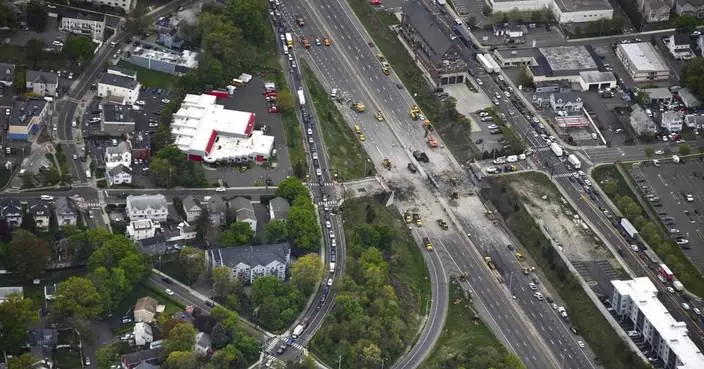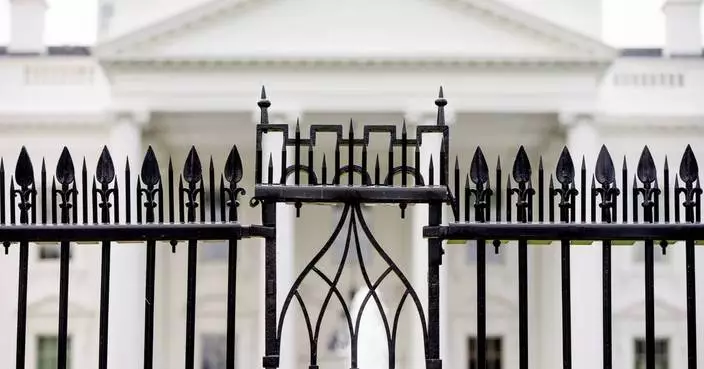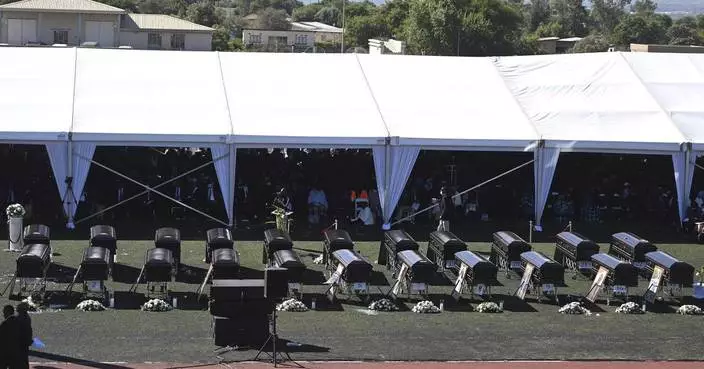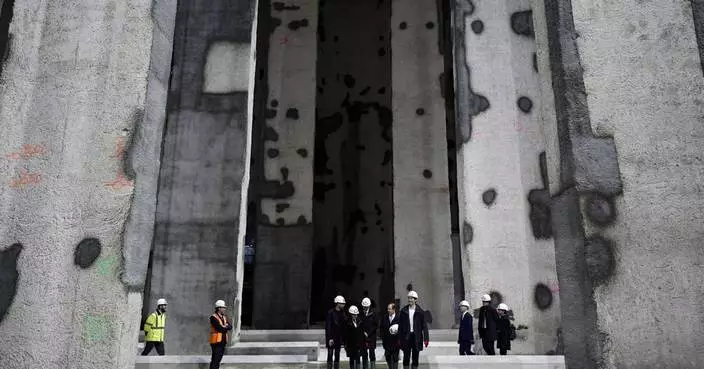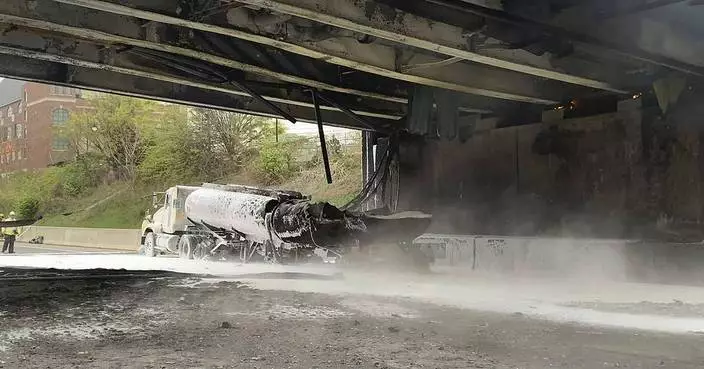French doctor Frederic Mailliez, the first physician on the scene of Princess Diana's fatal car accident in Paris 20 years ago, says he gave first aid to the victims before knowing who he was treating.
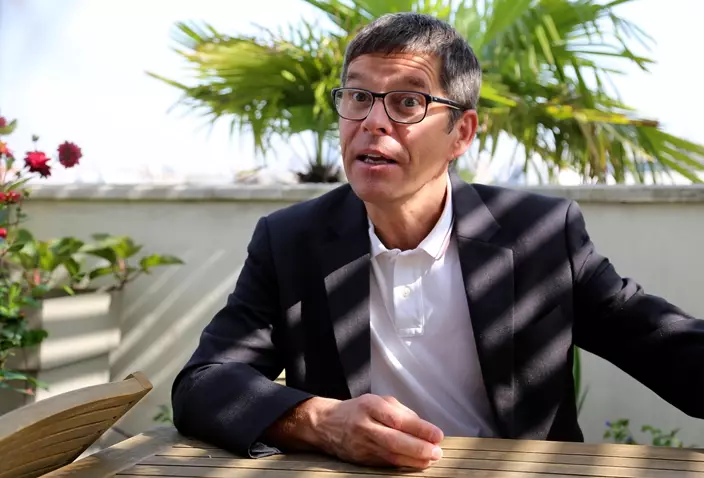
Frederic Mailliez, the doctor who gave first aid to Princess Diana, answers The Associated Press, Tuesday, Aug. 29, 2017 in Paris. (AP Photo/Alexander Turnbull)
Mailliez was off-duty when he drove into the Alma road tunnel on Aug. 31, 1997, a few seconds after the high-speed crash.
Click to Gallery
French doctor Frederic Mailliez, the first physician on the scene of Princess Diana's fatal car accident in Paris 20 years ago, says he gave first aid to the victims before knowing who he was treating.
Mailliez was off-duty when he drove into the Alma road tunnel on Aug. 31, 1997, a few seconds after the high-speed crash.
Diana was pronounced dead a few hours after the crash that occurred while she and her boyfriend, Dodi Fayed, were being chauffeured by an intoxicated driver and pursued by photographers. A bodyguard was the car's sole survivor.
"They were reacting, but clearly had significant injuries," the doctor said. He immediately called for emergency rescue services and went to work without the medical equipment he would normally use in a life-threatening situation.
For a long time after, he wondered if he should have done anything differently, whether he could have done anything that would have saved the 36-year-old princess' life.
"She was endearing. She was apparently starting a new life. She seemed happy. And then she died in a stupid, dumb accident. A princess cannot die in a stupid accident," he said. "It's unfair. It's not normal. I think that's one of the reasons why people remember this accident as something tragic and unfair."
He wondered "why there were so many journalists around the Mercedes as I was giving first aid." It was only when he turned on his television the next morning that he learned the answer, Mailliez recounted Tuesday in an interview with The Associated Press.

FILE - In this November, 1995 file photo, Britain's Diana, Princess of Wales, is shown. It has been 20 years since the death of Princess Diana in a car crash in Paris and the outpouring of grief that followed the death of the “people’s princess.” (AP Photo/Eduardo Di Baia, File)
Diana was pronounced dead a few hours after the crash that occurred while she and her boyfriend, Dodi Fayed, were being chauffeured by an intoxicated driver and pursued by photographers. A bodyguard was the car's sole survivor.
On that summer night, Mailliez, an emergency doctor, was driving along the Seine river and approaching the tunnel when he saw a smoky accident scene ahead. He stopped and went to investigate.
When he opened a door of the crumpled Mercedes, he saw four people, two of them in cardiac arrest. The other two, including Diana, were still alive.
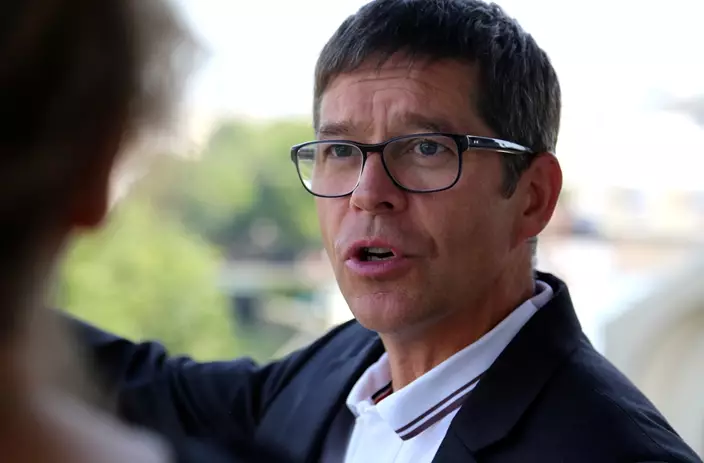
Frederic Mailliez, the doctor who gave first aid to Princess Diana, answers The Associated Press, Tuesday, Aug. 29, 2017 in Paris. (AP Photo/Alexander Turnbull)
"They were reacting, but clearly had significant injuries," the doctor said. He immediately called for emergency rescue services and went to work without the medical equipment he would normally use in a life-threatening situation.
"I just had my bare hands," he lamented.
For several long minutes, Mailliez was the only doctor at the scene. His full attention went to the emergency before him and "at no point did I come to understand who these people were."

FILE - In this Tuesday Sept. 24, 1996 file photo, Britain's Diana, Princess of Wales, arrives for dinner in Washington.(AP Photo/Denis Paquin, File)
For a long time after, he wondered if he should have done anything differently, whether he could have done anything that would have saved the 36-year-old princess' life.
"I checked with myself and I checked also with other doctors, professors of medicine, and actually I couldn't have done anything better than what I did," he said.
Mailliez understands why people were, and still are, attached to Diana.
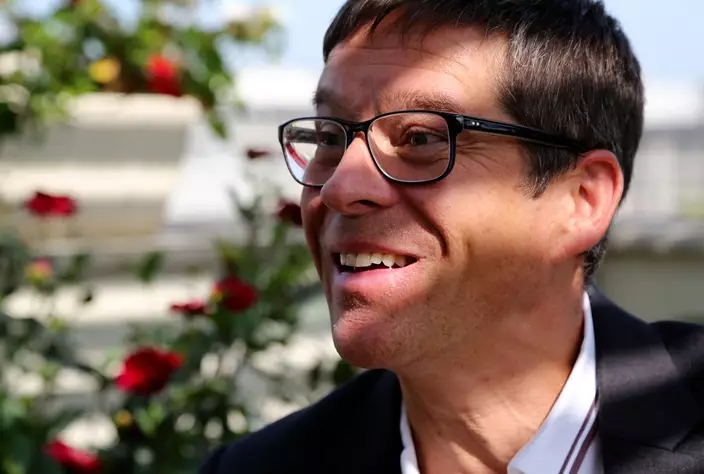
Frederic Mailliez, the doctor who gave first aid to Princess Diana, answers The Associated Press, Tuesday, Aug. 29, 2017 in Paris. (AP Photo/Alexander Turnbull)
"She was endearing. She was apparently starting a new life. She seemed happy. And then she died in a stupid, dumb accident. A princess cannot die in a stupid accident," he said. "It's unfair. It's not normal. I think that's one of the reasons why people remember this accident as something tragic and unfair."
The doctor says he doesn't "believe in destiny but it's still touching for me to think that I'm an emergency doctor, I speak English, and it happened that I arrived 30 seconds after the accident and I treated Princess Diana."
"I was there during her last minutes and maybe my words, when I spoke to her, were the last words she could hear."
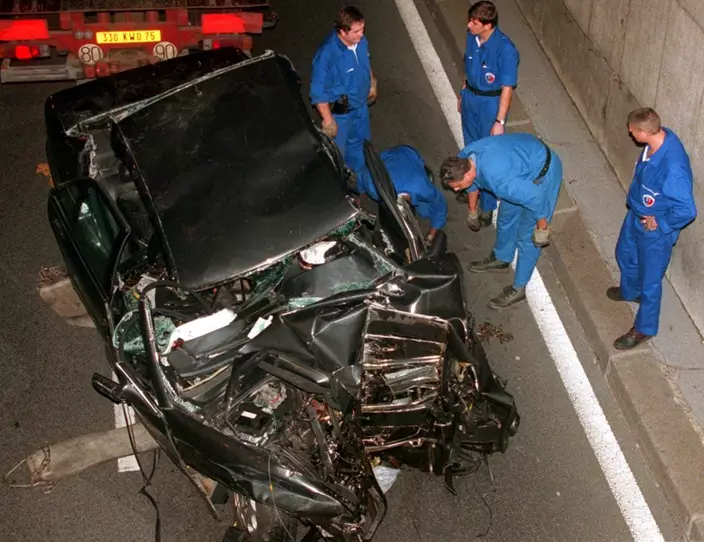
FILE- In this early Sunday, Aug. 31, 1997 file photo, police services prepare to take away the car in which Britain's Diana, Princess of Wales, died in Paris, in a car crash that also killed her boyfriend, Dodi Fayed, and the chauffeur. (AP Photo/Jerome Delay, File)
The Olympic torch will finally enter France when it reaches the southern seaport of Marseille on Wednesday. And it's already been quite a journey.
After being lit by the sun’s rays on April 16 in Ancient Olympia, the torch was carried around Greece before leaving Athens aboard a three-mast ship named Belem, headed for Marseille.
The Belem was first used in 1896, the same year the modern Olympics came back. It will be accompanied by more than 1,000 boats as it parades around the Bay of Marseille, before arriving at the Vieux-Port, or Old Port, and docking on a pontoon resembling an athletics tracks.
Torch bearers will carry the flame across Marseille the next day, the last stretch running on the roof of the famed Stade Vélodrome, home to Marseille's passionate soccer fans.
After leaving Marseille, a vast relay route will be undertaken before the torch odyssey ends on July 27 in Paris.
Here’s a look at where the torch goes before reaching Paris:
The torch is due to reach the famed and visually stunning site of Mont Saint-Michel in Normandy on May 31.
Located in an area of raised land surrounded by water, the island fortress looks like it was created for a Game of Thrones film set. But it's real, and very old.
So old that it already existed during the Hundred Years' War between England and France, from 1337 to 1453. An English attack was even fended off. Later it became a prison, and in 1979 it was named a UNESCO World Heritage Site.
Every years swarms of tourists are in awe of its raw and haunting beauty.
The torch travel route is even more unique considering it takes a detour through France’s overseas territories called the Relais des Océans, or Ocean Relay. Riding the waves of the Atlantic, Pacific and Indian Ocean, it will be in French Guiana on June 9 before hitting New Caledonia on June 11.
Next is the island of Réunion at Saint-Denis — coincidentally the same name as the Paris suburb with the Olympic village — before reaching Papeete in the surfing realm of Tahiti, then Baie-Mahault in Gaudeloupe and finally Fort-de-France in Martinique.
The torch comes back to France on June 18 in the southern city of Nice.
Just five days after landing on French shores, the torch heads up the Alpine mountain pass of Chamonix-Mont-Blanc for Olympic Day on June 23.
The Haute-Savoie region is known for its outstanding Chamonix ski resort, which hosts World Cup races, for sweeping views across glacier fields to nearby Italy, and — some would say more importantly — as a producer of fine cheese.
A Cheese Olympics, should it be invented, would feature a sturdy crew of eight competitors from Savoie: Abondance, Beaufort, Chevrotin, Emmental, Reblochon, Tome, Tomme and the heavy-duty Raclette.
After leaving fromage-friendly Savoie, torch bearers will digest in the Doubs region of eastern France, and then visit the Alsace city of Strasbourg in the northeast.
Three days later the torch will reach Verdun, the site of one of the most horrific battles of World War I. From February to December 1916, more than 700,000 French and German soldiers were killed or wounded at the Battle of Verdun.
The torch is to arrive on the streets of Paris on July 14 — hardly surprising, considering it's Bastille Day, France’s national day.
The torch will stay the following day in Paris, then exit again before snaking back to the French capital via Versailles — home to the resplendent Royal Palace — and the suburbs of Nanterre on July 24 and Seine Saint-Denis on July 25.
From there, it's to travel a very short distance back to Paris on July 26, the eve of the grandiose opening ceremony where athletes will parade on more than 80 boats at sunset on the Seine River.
After the nearly four-hour ceremony ends shortly after 11 p.m., the cauldron will be lit at a location that is being kept top-secret until the day itself. Among reported options are such iconic spots as the Eiffel Tower and the Tuileries Gardens outside the Louvre Museum.
A total of 10,000 people will carry the torch along its route. Local police forces on each section of the relay will help to ensure security is high, providing a security bubble around the torch and its carrier.
The torches have a lower environmental impact than those used at previous Games. They burn biogas instead of propane and are recharged when fuel runs out.
Around 2,000 torches will be used compared to more than 10,000 before, according to Georgina Grenon, the director of environmental excellence at Paris 2024. The torches are made with recycled steel and not new aluminum.
AP Summer Olympics: https://apnews.com/hub/2024-paris-olympic-games
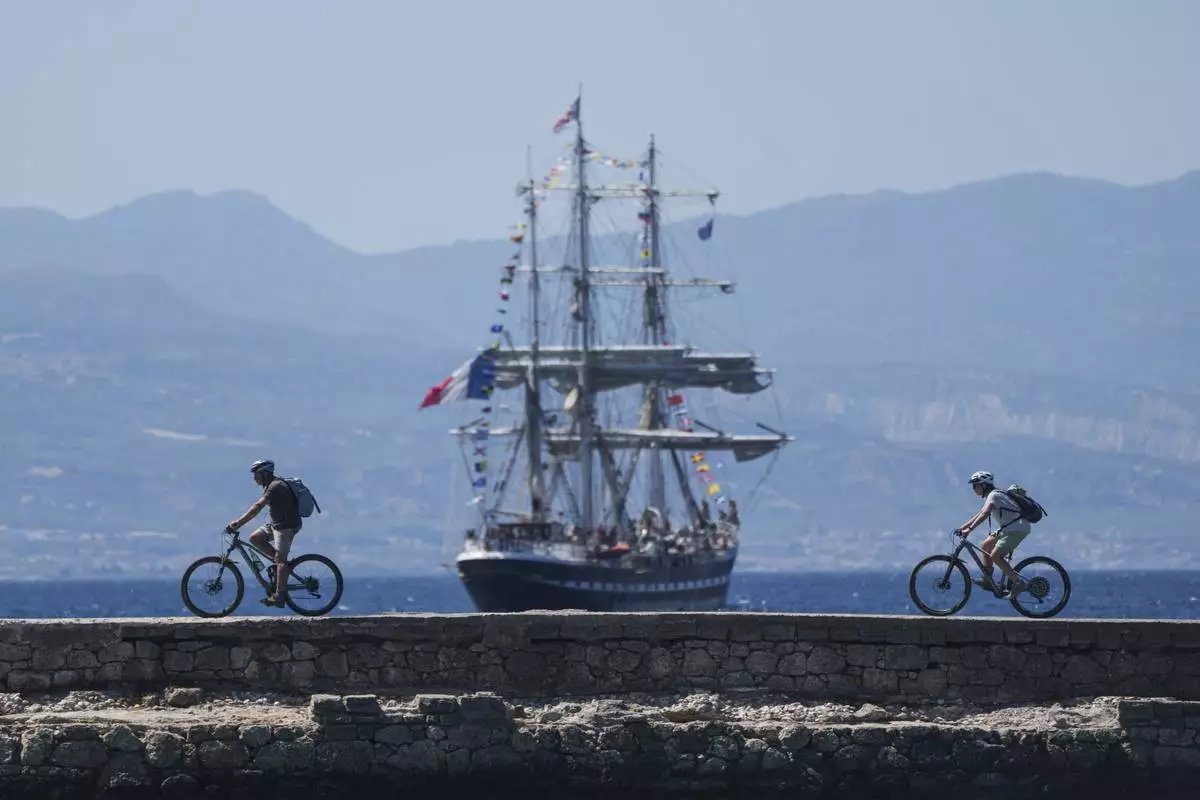
FILE - Cyclists pass in front of the Belem, the three-masted sailing ship carrying the Olympic flame to France, as it sails near Corinth, Greece, April 28, 2024. The Olympic torch finally enters France when it reaches the southern seaport of Marseille on Wednesday May 8, 2024, on an armada from Greece. After leaving Marseille a vast relay route will be undertaken before the torch's odyssey ends on July 27 in Paris. (AP Photo/Petros Giannakouris, File)
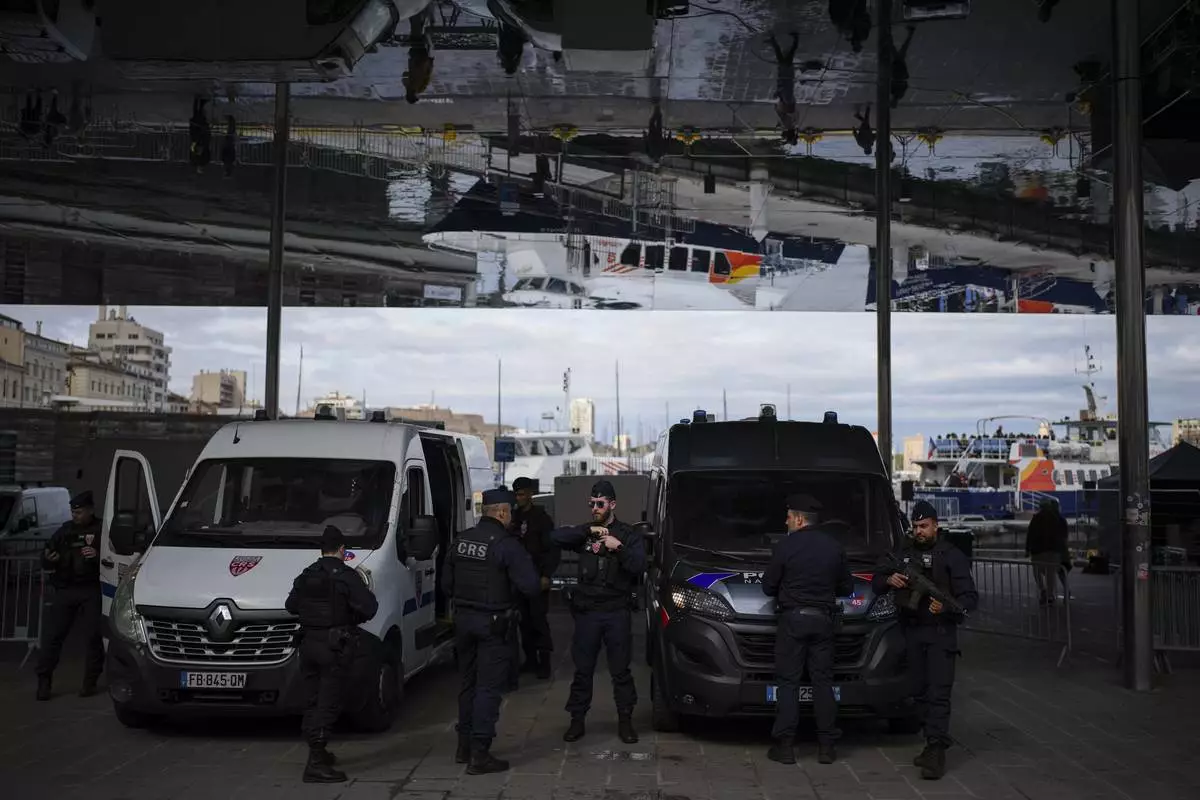
FILE - French police patrol the Old Port of Marseille in southern France, May 6, 2024. French authorities are preparing to host a 1,000-boat armada accompanying the Olympic flame on its arrival into the Mediterranean port of Marseille. The Olympic torch finally enters France when it reaches the southern seaport of Marseille on Wednesday May 8, 2024, on an armada from Greece. After leaving Marseille a vast relay route will be undertaken before the torch's odyssey ends on July 27 in Paris. (AP Photo/Daniel Cole, File)

FILE - An Alpinist heads down a ridge on the Aiguille du Midi (3,842 meters; 12 605 feet), towards the Vallee Blanche on the Mont Blanc massif, in the Alps, near Chamonix, France. The Olympic torch finally enters France when it reaches the southern seaport of Marseille on Wednesday May 8, 2024, on an armada from Greece. After leaving Marseille a vast relay route will be undertaken, including a sweep up the Chamonix-Mont-Blanc mountain pass, before the torch's odyssey ends on July 27 in Paris. (AP Photo/David Azia,File)
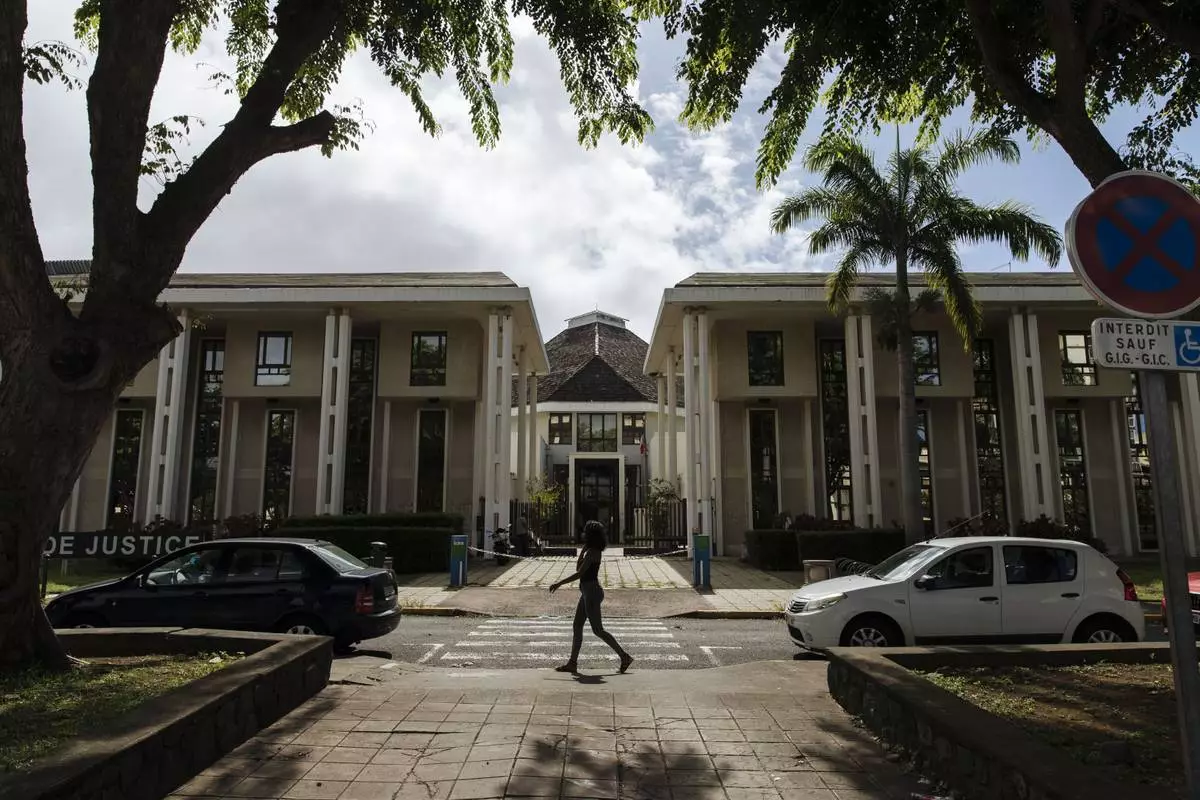
FILE - A woman passes by the courthouse of Saint Denis de al Reunion, in the French Indian Ocean island of La Reunion, March 16, 2022. The Olympic torch finally enters France when it reaches the southern seaport of Marseille on Wednesday May 8, 2024, on an armada from Greece. After leaving Marseille a vast relay route will be undertaken, including a jaunt through France’s overseas territories, before the torch's odyssey ends on July 27 in Paris. (AP Photo/Lewis Joly, File)

FILE - An aerial view of Mont Saint Michel, Normandy, France, March 20, 2011. The Olympic torch finally enters France when it reaches the southern seaport of Marseille on Wednesday May 8, 2024, on an armada from Greece. After leaving Marseille a vast relay route will be undertaken before the torch's odyssey ends on July 27 in Paris. A notable stop includes the stunning island of Mont-Saint-Michel. (AP Photo/David Vincent, File)
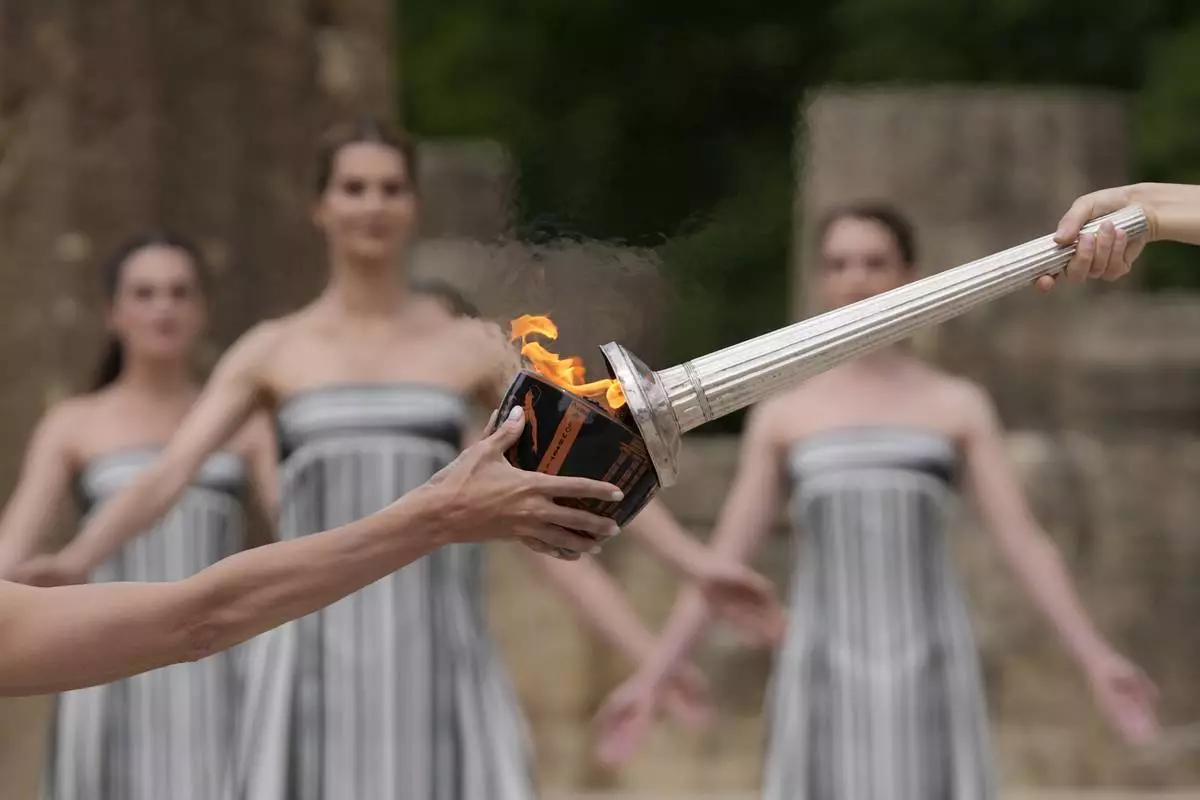
FILE - Actress Mary Mina, playing high priestess, right, lights a torch during the official ceremony of the flame lighting for the Paris Olympics, at the Ancient Olympia site, Greece, April 16, 2024. The Olympic torch finally enters France when it reaches the southern seaport of Marseille on Wednesday May 8, 2024, on an armada from Greece. After leaving Marseille a vast relay route will be undertaken before the torch's odyssey ends on July 27 in Paris. (AP Photo/Thanassis Stavrakis, File)















